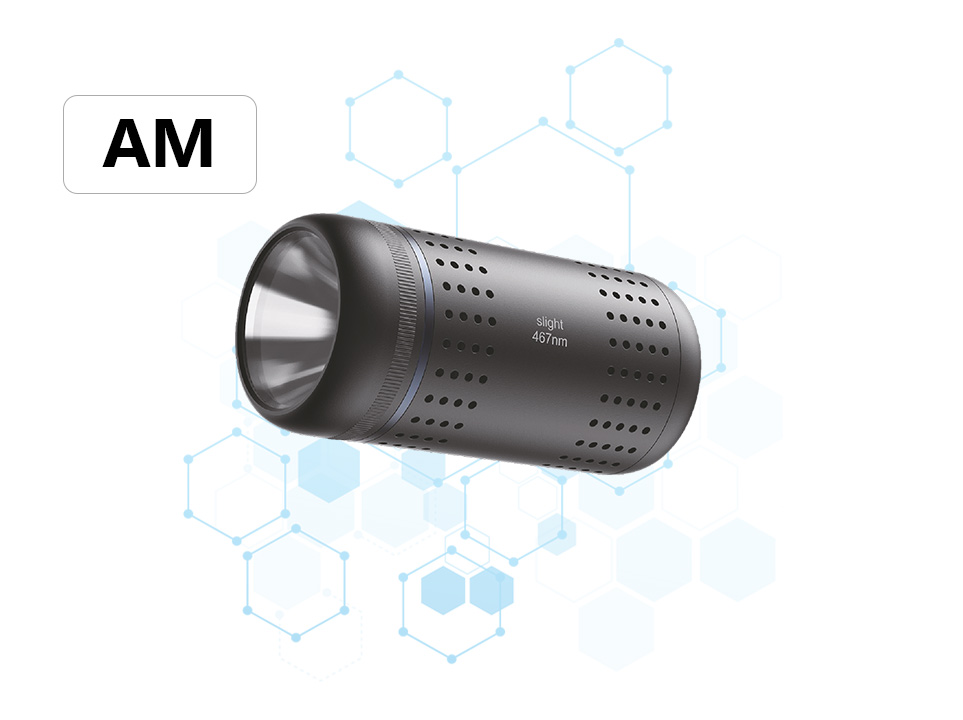How to set up a safe experimental environment when using ultraviolet light sources for chemical experiments?
Abstract
Ultraviolet (UV) light sources are widely used in chemical experiments for various purposes such as degradation of pollutants, inactivation of microorganisms, and synthesis reactions. However, UV light poses potential hazards to both personnel and experimental materials. Therefore, establishing a safe experimental environment is crucial when utilizing UV light sources. This paper discusses the necessary steps and precautions to ensure a secure setup for conducting chemical experiments involving UV light.
Introduction
Ultraviolet light, with its shorter wavelength than visible light, carries higher energy and can induce various chemical and biological reactions. In the realm of chemical experiments, UV light sources are employed for a multitude of applications, from analytical chemistry to environmental science. Despite their versatility, UV light can cause harm to human skin and eyes, as well as damage to sensitive materials and equipment. Hence, creating a safe and controlled experimental environment is indispensable for the effective and safe use of UV light sources.
Steps to Set Up a Safe Experimental Environment
1. Risk Assessment and Safety Planning
Before initiating any experiments involving UV light, a comprehensive risk assessment should be conducted. This includes identifying potential hazards associated with UV exposure, assessing the level of risk, and developing a safety plan to mitigate these risks. The safety plan should outline specific procedures for handling UV light sources, emergency response measures, and personal protective equipment (PPE) requirements.
2. Selection of Appropriate UV Light Source
Choosing the right UV light source is critical for both safety and efficacy. Factors such as wavelength, intensity, and stability of the light source need to be considered. Additionally, UV lamps with longer electrode lives and stable luminescence, such as medium-pressure mercury lamps or excimer lamps, are preferred over low-pressure mercury lamps, which have shorter electrode lives and unstable luminescence.
3. Use of Personal Protective Equipment (PPE)
Personal protective equipment is essential for protecting personnel from UV exposure. This includes:
UV-blocking eyewear: Specifically designed to protect the eyes from UV radiation.
Protective clothing: Long-sleeved shirts, pants, and gloves made of UV-blocking materials.
Respiratory protection: If working with chemicals that may be vaporized by UV light, a respirator or mask should be worn.
4. Engineering Controls
Engineering controls such as fume hoods, enclosures, or barriers can provide an additional layer of protection by isolating the UV light source and reducing exposure to personnel and other materials. These controls should be designed to effectively contain UV radiation within the designated area and prevent leakage.
5. Safe Handling and Storage of UV Light Sources
UV light sources should be handled with care to prevent accidental exposure or damage. When not in use, UV lamps should be stored in a dark, cool, and dry place. Special attention should be given to the disposal of old or damaged UV lamps, as they may still emit UV radiation even when not powered on.
6. Training and Supervision
All personnel involved in experiments using UV light sources should receive thorough training on the safe handling and use of these devices. This includes understanding the hazards associated with UV exposure, proper use of PPE, and emergency response procedures. Supervision by experienced personnel is also recommended to ensure compliance with safety protocols.
7. Monitoring and Maintenance
Regular monitoring of UV light intensity and stability is essential to ensure the effectiveness and safety of the experimental setup. Additionally, UV lamps should be regularly inspected and maintained to identify and address any potential issues promptly.
Conclusion
Setting up a safe experimental environment when using UV light sources for chemical experiments requires a combination of risk assessment, appropriate selection of UV light sources, use of PPE, engineering controls, safe handling and storage practices, training and supervision, and regular monitoring and maintenance. By following these steps, researchers can mitigate the hazards associated with UV exposure and ensure the safe and effective use of UV light sources in chemical experiments.





